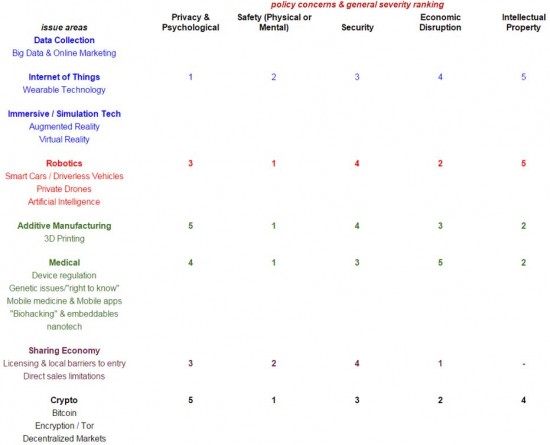Those of us with deep reservations about the push for ever more unlicensed spectrum are having many of our fears realized with the new resistance to novel technologies using unlicensed spectrum. By law unlicensed spectrum users have no rights to their spectrum; unlicensed spectrum is a managed commons. In practice, however, existing users frequently act as if they own their spectrum and they can exclude others. By entertaining these complaints, the FCC simply encourages NIMBYism in unlicensed spectrum.
The general idea behind unlicensed spectrum is that by providing a free spectrum commons to any device maker who complies with certain simple rules (namely, Part 15’s low power operation requirement), device makers will develop wireless services that would never have developed if the device makers had to shell out millions for licensed spectrum. For decades, unlicensed spectrum has stimulated development and sale of millions of consumer devices, including cordless phones, Bluetooth devices, wifi access points, RC cars, and microwave ovens.
Now, however, many device makers are getting nervous about new entrants. For instance, Globalstar is developing a technology, TLPS, based on wifi standards that will use some unlicensed spectrum at 2.4 GHz and mobile carriers would like to market an unlicensed spectrum technology, LTE-U, based on 4G LTE standards that will use spectrum at 5 GHz.
This resistance from various groups and spectrum incumbents, who fear interference in “their” spectrum if these new technologies catch on, was foreseeable, which makes these intractable conflicts even more regrettable. As Prof. Tom Hazlett wrote in a 2001 essay, long before today’s conflicts, when it comes to unlicensed devices, “economic success spells its own demise.” Hazlett noted, “Where an unlicensed firm successfully innovates, open access guarantees imitation. This not only results in competition…but may degrade wireless emissions — perhaps severely.”
On the other hand, the many technical filings about potential interference to existing unlicensed devices are red herrings. Prospective device makers in these unlicensed bands have no duty to protect existing users. Part 15 rules say that unlicensed users like wifi and Bluetooth “shall not be deemed to have any vested or recognizable right to continued use of any given frequency by virtue of prior registration or certification of equipment” and that “interference must be accepted.” These rules, however, put the FCC in a self-created double bind: the agency provides no interference protection to existing users but its open access policy makes interference conflicts likely. Continue reading →



 The Technology Liberation Front is the tech policy blog dedicated to keeping politicians' hands off the 'net and everything else related to technology.
The Technology Liberation Front is the tech policy blog dedicated to keeping politicians' hands off the 'net and everything else related to technology.